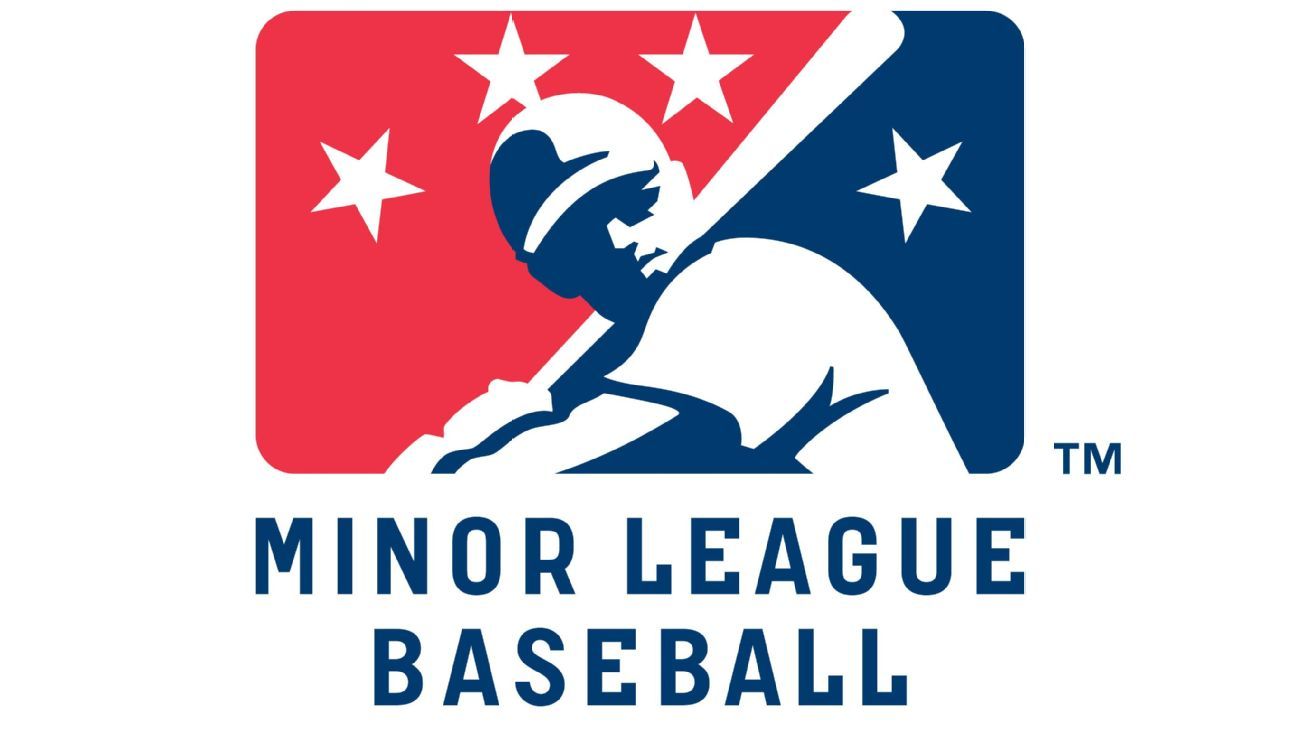NEW YORK — Major League Baseball is raising the minimum salary for minor league players in 2021, according to a memo sent Friday from the commissioner’s office to all 30 teams and obtained by The Associated Press.
Two years after successfully lobbying Congress to exempt minor leaguers from federal minimum wage laws, MLB opted to give those players a wage increase between 38% and 72%. The bump was discussed at last week’s owners meetings and confirmed in the memo from Morgan Sword, executive vice president of baseball economics and operations.
Players at rookie and short-season levels will see their minimum weekly pay raise from $290 to $400, and players at Class A will go from $290 to $500. Double-A will jump from $350 to $600 and Triple-A from $502 to $700.
Minor leaguers are paid only during the five-month season and don’t receive wages during the offseason or spring training.
“Much deserved,” tweeted Ben Verlander, who pitched five minor league seasons and is the younger brother of Houston Astros star Justin. “We’d put in 12 hours a day at the baseball field and all we ask for in return is a livable wage. Love this”
The raises come as MLB is negotiating with the National Association of Professional Baseball Leagues, the governing body of the minors, to replace the Professional Baseball Agreement that expires after the 2020 seasons. During those negotiations, MLB proposed cutting 42 of the 160 required affiliated teams, a plan criticized by small-town fans and politicians at the local and national levels.
“MLB’s priorities include reducing the travel burden on players and improving player working conditions,” Sword wrote. “These and other objectives only can be achieved with agreement of the National Association, or absent an agreement, following the expiration of the current PBA in September. However, we can move forward unilaterally with our goal of improving compensation for minor league players.”
The most talented players frequently get hundreds of thousands — even millions — of dollars in signing bonuses, but there are players who sign for as little as $1,000. The major league minimum is $563,500 this year, and the top players make over $30 million annually. For players on 40-man rosters on option to the minors, the minimum is $46,000 this season.
The financial burden in the minors has prompted some players to use tattered equipment, accept charity from more fortunate teammates or, in the case of one player, live out of a school bus.
“I think it’ll keep guys mentally in it longer,” said Arizona Diamondbacks pitcher Joe Mantiply, who has played six minor league seasons. “I know I’ve played with numerous guys that chose to go another way just because they felt like financially it wasn’t worth it for them to stick it out.”
A group of minor leaguers filed a lawsuit against major league teams in February 2014, claiming most earned less than $7,500 annually, in violation of several laws. While the case has not gone to trial, Congress passed legislation stripping minor league players from protection under minimum wage laws. Congress put the “Save America’s Pastime Act” onto page 1,967 of a $1.3 trillion spending bill in 2018 at MLB’s urging.
“It’s good to see that MLB is finally serious about increasing salaries,” said Garrett Broshuis, a former minor league pitcher who is a lawyer for the suing players. “They’ve been ignored for way too long, and an increase is long overdue. At the same time, even with this increase, the majority of players are still going to be paid at a level that’s below the poverty line. And this increase doesn’t do anything about the players who are required to report to spring training and extended spring training and who aren’t paid at all during those work periods.
“This is an encouraging step, but more work needs to be done, without a doubt.”
Minor league salaries have largely been stagnant since 2005, and players have strained to make ends meet on as little as $5,500 per season. Some players live in overcrowded apartments, sleeping on air mattresses, subsisting on peanut butter and jelly sandwiches and sacrificing potential training hours to work better-paying jobs in the offseason.
Commissioner Rob Manfred repeatedly has said player wellness is MLB’s priority in negotiations, seeking improvements in facilities, travel and salaries. MLB teams are fully responsible for minor league player salaries under the current PBA.
At the winter meetings in December, Manfred became agitated when asked why improving minor league salaries was being offered as a defense of the proposal.
“Obviously there is a way to pay people more without reducing the number of franchises,” Manfred said. “I think the question there becomes who should bear all of the costs associated with the player-related improvements that we think need to be made in the minor league system.”
The Toronto Blue Jays independently issued 50% raises to their players with minor league contracts before the 2019 season. They are the only team known to have paid their players more than the minimum.
Only players on 40-man rosters are part of the major league players’ union.
The 28-year-old Mantiply was a 27th-round draft pick by Arizona in 2013. The lefty has pitched in six major league games in his career, including one for the New York Yankees last season.
“You can only control certain things as a player, and one of the things is giving yourself as many opportunities as you can,” he said. “It’s tough for guys when they get to a point where in another profession they could probably be making more money.”
